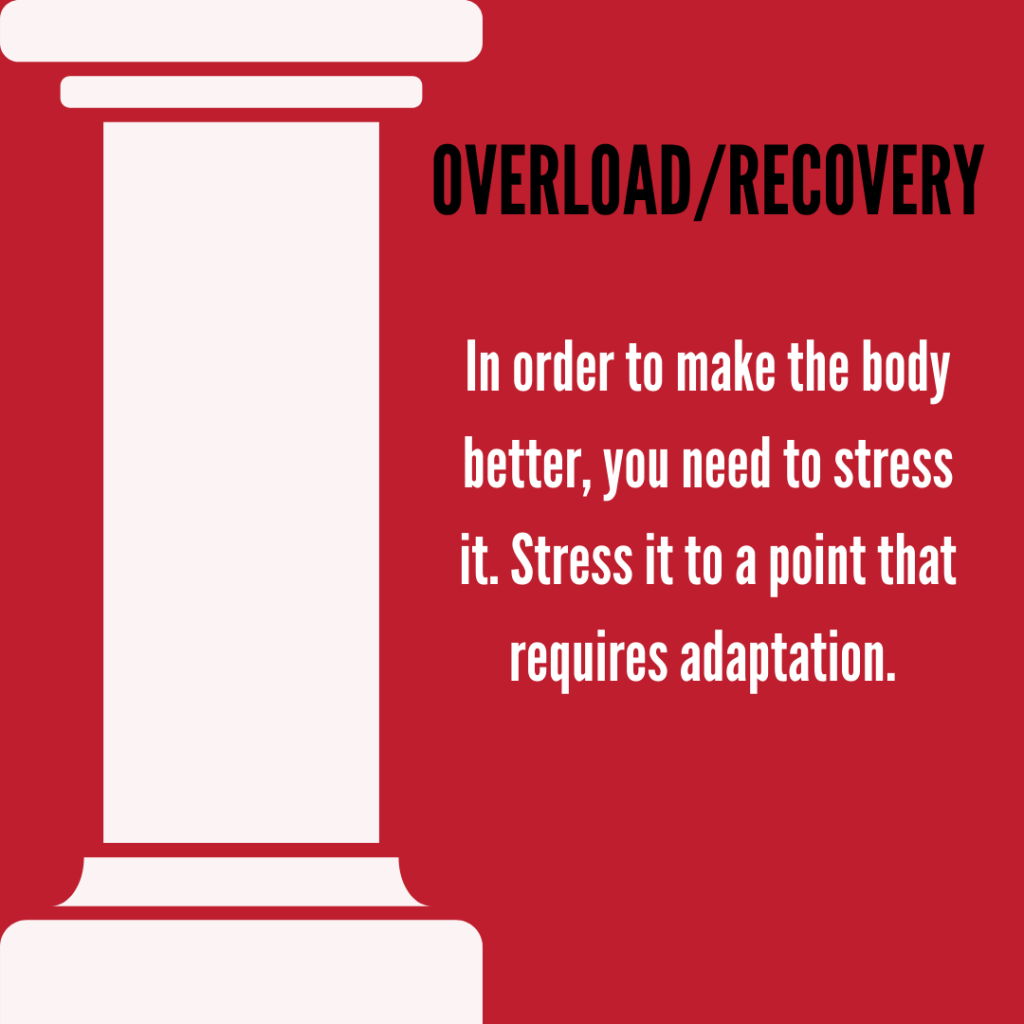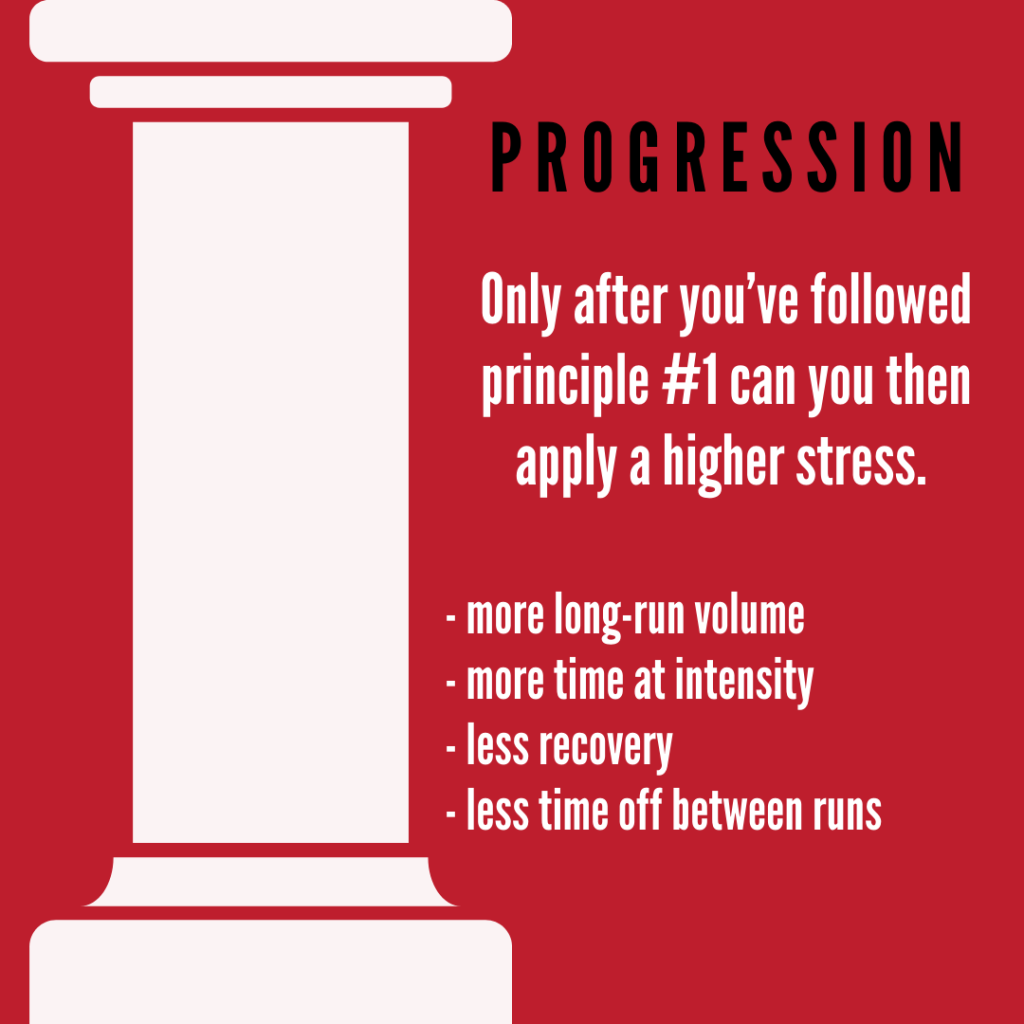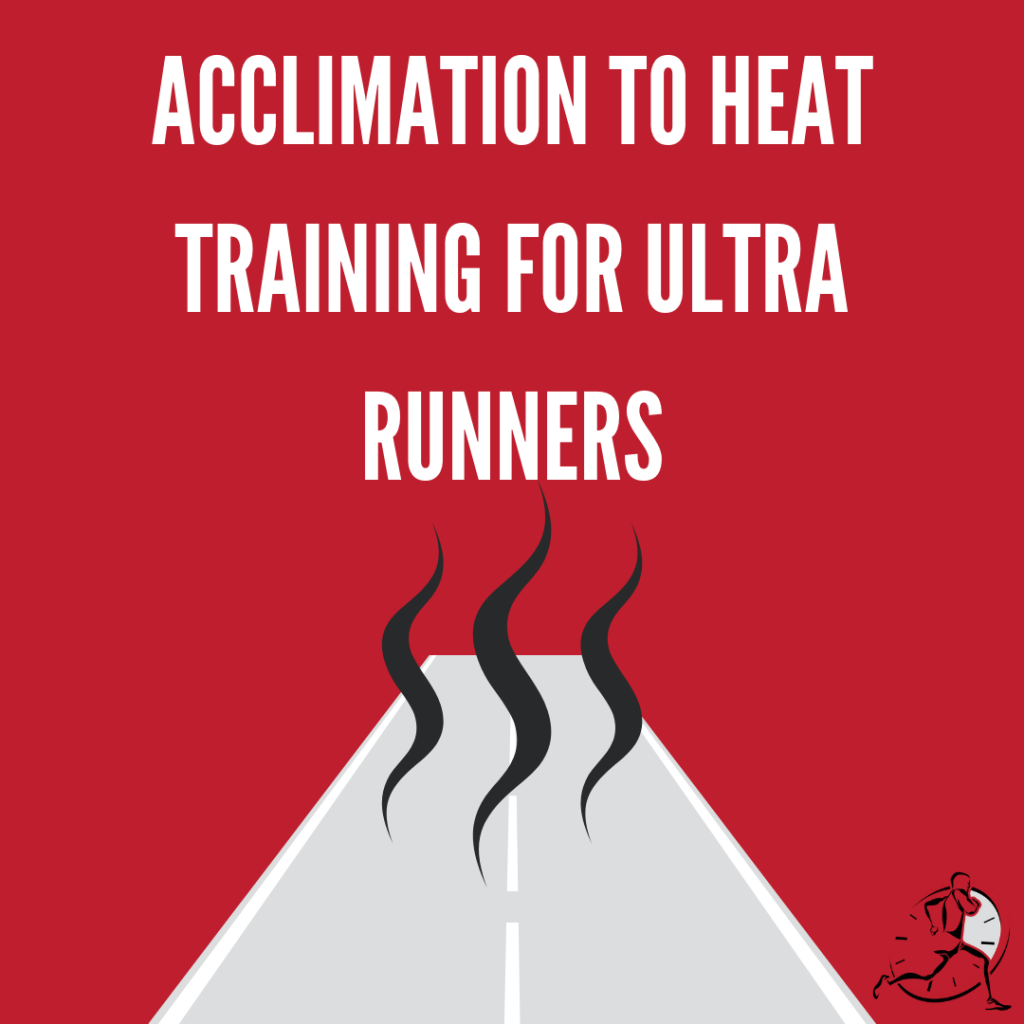The 4 Pillars of Ultra Running
Overload and recovery

Progression

Individuality

Specificity









Discover how endurance training transforms your body to go further, faster, and stronger. Learn the science behind adaptations like improved VO2 max, increased glycogen storage, and strengthened muscles. With practical tips on building consistency, tracking progress, and avoiding common pitfalls, this guide will help you train smarter and achieve your ultramarathon goals.

As we begin to transition from winter to spring to summer the temps are starting to warm. Running in warmer weather places additional demands on the body to thermoregulate. Essentially making it work harder to maintain homeostasis. This extra work hurts running performance. Here are 4 ways your body can adapt from training in the…

Having a growth mindset allows you to have the drive to push yourself to the limits while also having the courage and wisdom to live to fight another day.

So, you’re ready to tackle the behemoth that is ultrarunning. That’s commendable! But before you dive in, there are a few hurdles I’ve seen trip up even seasoned marathoners. I’ve run that rocky road, and now I want to share some wisdom so your journey is smoother.

So, you’re ready to tackle the behemoth that is ultrarunning. That’s commendable! But before you dive in, there are a few hurdles I’ve seen trip up even seasoned marathoners. I’ve run that rocky road, and now I want to share some wisdom so your journey is smoother.

Daniels’ Running Formula: A classic for any type of runner ranging from running for fitness or trying to level up on the marathon. Loads of science-backed recommendations